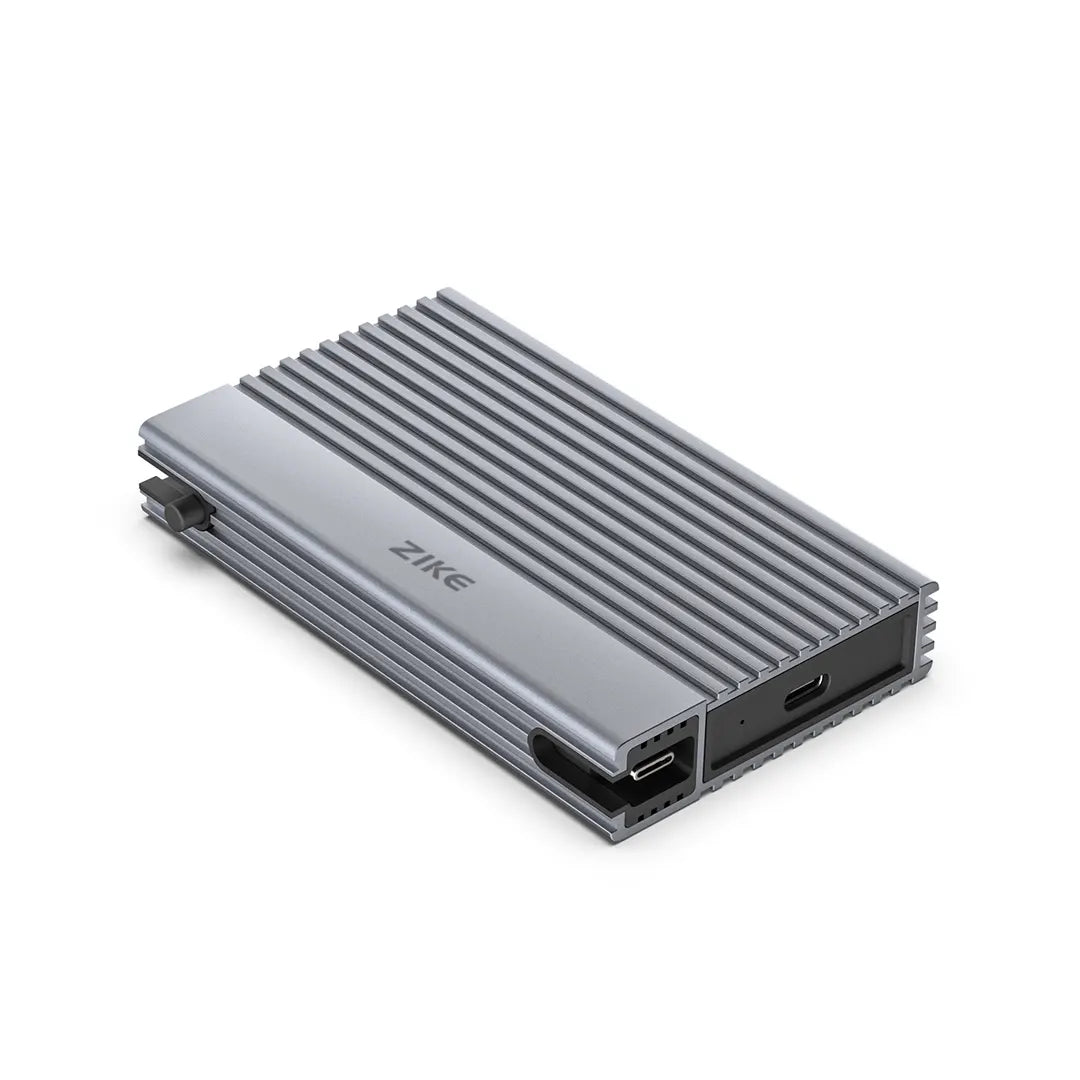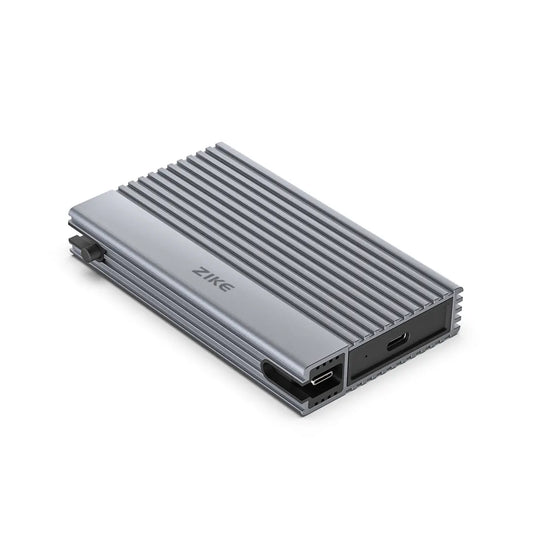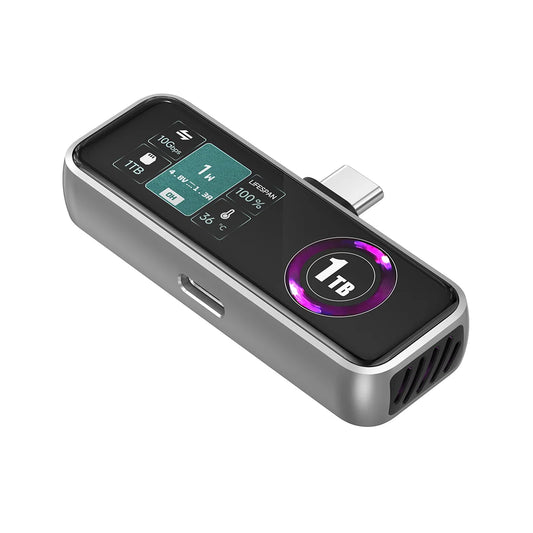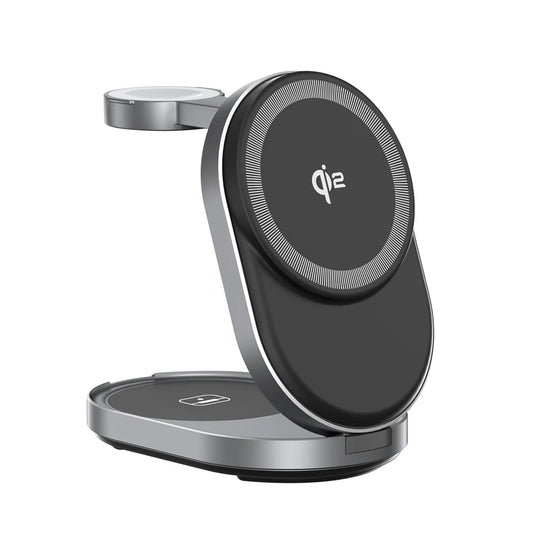What Are Solid-State Batteries? Why They're the Future of Portable Power Technology
August 15, 2025 | Words by Jackson
Contents:
- Introduction: The Battery Blues We All Know Too Well
- What Exactly Are Solid-State Batteries?
- How Do Solid-State Batteries Work? (Without the Jargon Overload)
- The Game-Changing Advantages Over Traditional Lithium-Ion Batteries
- Why Solid-State Batteries Are the Future of Portable Power Tech
- Hurdles on the Horizon: Challenges and Realistic Expectations
- Conclusion: Powering Up for Tomorrow
Introduction: The Battery Blues We All Know Too Well
Picture this: You're midway through a killer Netflix binge on your iPhone, or hustling through a work call on your laptop, when—bam!—that dreaded low-battery warning pops up. It's like your device is throwing a tantrum right when you need it most.
We've all been there, fumbling for a charger while muttering under our breath. But what if I told you there's a tech revolution brewing that could make these moments relics of the past?
Enter solid-state batteries, the unsung heroes poised to flip the script on portable power.
In a world where our gadgets are extensions of ourselves, battery tech hasn't kept pace—until now.
These bad boys promise to deliver more juice, charge faster, and play it safer than the lithium-ion packs we're stuck with today.
And no, this isn't some sci-fi pipe dream; it's happening in labs and factories worldwide.
By the end of this read, you'll not only understand what solid-state batteries are but also why they're set to redefine how we power our on-the-go lives.
Let's plug in and explore—without the risk of overheating!
What Exactly Are Solid-State Batteries?
Alright, let's cut to the chase: Solid-state batteries aren't your grandma's AA cells.
At their core, they're energy storage devices that ditch the liquid or gel electrolytes found in traditional lithium-ion batteries for something... well, solid.
Think ceramic, polymer, or even glass-like materials that conduct ions without the sloshy stuff.
Why the switch? Traditional batteries rely on a liquid electrolyte to shuttle lithium ions between the anode and cathode, creating that electric flow we crave.
But liquids can be finicky—they leak, expand, or worse, catch fire under stress.
Solid-state versions swap in a stable, non-flammable solid layer, making them tougher and more reliable.
According to experts, this simple swap could boost energy density by up to 2-2.5 times, meaning more power in a slimmer package.
For context, companies like QuantumScape are leading the charge (pun intended) in developing these for electric vehicles, but the ripple effects extend to portable tech.
Imagine a power bank that doesn't bulge in your pocket or a smartphone battery that lasts days, not hours.
It's not just hype; prototypes are already showing promise in labs.
Key takeaways:
No Liquids Involved: Solid electrolytes prevent leaks and reduce fire risks.
Compact Design: Higher energy density means smaller batteries with the same (or more) capacity.
Versatile Applications: From EVs to wearables, they're adaptable.
How Do Solid-State Batteries Work? (Without the Jargon Overload)
If you're not a battery nerd, don't sweat it—this isn't rocket science (though it kinda is).
Solid-state batteries operate on the same basic principle as lithium-ion ones: Ions zip back and forth to generate electricity. The magic happens in the middle layer.
In a nutshell:
Charging Phase: When you plug in, lithium ions move from the cathode (positive side) through the solid electrolyte to the anode (negative side), storing energy.
Discharging Phase: Flip it—ions flow back to the cathode, releasing power to your device.
The Solid Twist: That electrolyte? It's a dense material like sulfide or oxide that conducts ions efficiently without needing liquids.
This setup minimizes "dendrites"—those pesky metal spikes that can short-circuit traditional batteries.
Compared to the liquid slop in old-school batteries, solids handle extreme temps better (hello, winter car starts or summer hikes) and charge quicker—potentially up to 80% in 15 minutes.
For portable power fans, this means less time tethered to an outlet and more freedom.
Ever had a power bank overheat during a long flight? Solid-state tech could cool that drama right down.
Pro Tip: If you're shopping for Apple accessories, keep an eye on emerging solid-state options—they pair perfectly with MagSafe tech for seamless wireless charging.
The Game-Changing Advantages Over Traditional Lithium-Ion Batteries
Let's get real: Lithium-ion batteries have served us well, powering everything from iPhones to laptops.
But they're like that reliable old car—functional, but prone to breakdowns.
Solid-state batteries? They're the sleek electric upgrade with bells and whistles.
Here's the breakdown:
Safety First: No flammable liquids mean lower fire risk. Remember those exploding phone recalls? Solid-state could make them history.
Longer Lifespan: Expect 2x the cycle life—up to 1,000+ charges without major degradation. Your power bank won't fizzle out after a year.
Faster Charging: Cut wait times in half, ideal for busy pros on the move.
Higher Energy Density: Pack more power into less space. Perfect for slim devices like the iPhone 16.
Eco-Friendly Vibes: Less reliance on rare metals and easier recycling potential.
Of course, fairness check: Not all solid-state batteries are created equal.
Some, like those from heybmx's SolidSafe or KUXIU's S2, emphasize puncture-proof designs for travel, while others focus on efficiency.
Weigh your needs—safety for adventurers, speed for commuters. For a balanced view, explore Apple's battery guidelines here: Apple Battery Tips.
Why Solid-State Batteries Are the Future of Portable Power Tech
Fast-forward to tomorrow: Solid-state batteries aren't just better; they're essential for our hyper-connected world.
With EVs leading the adoption (think ranges over 500 miles on a single charge), portable tech will follow suit.
By 2030, experts predict they'll dominate, slashing charging times and boosting device longevity.
For everyday folks, this means power banks that survive drops, extreme weather, and heavy use—without the bulk.
Imagine a world where your wireless charger doesn't quit mid-trip, or your GaN adapter pairs with a solid-state pack for ultimate efficiency.
It's not all rosy, but the potential? Game-changing.
Brands are jumping in: QuantumScape for high-end, and startups like those behind SolidSafe pushing Kickstarter innovations.
At ZikeTech, we're excited about our upcoming ZikeSolid, but hey, shop around—options like KUXIU's magnetic wonders offer great alternatives for Apple users.
Hurdles on the Horizon: Challenges and Realistic Expectations
No tech is perfect, right? Solid-state batteries face roadblocks like high production costs (those solid materials aren't cheap yet) and scaling issues.
They're pricier upfront, and full commercialization might take a few years.
Solutions? R&D is ramping up—governments and companies are pouring billions in. For now, hybrid approaches bridge the gap.
If you're eyeing one, start with proven lithium-ion upgrades.
Conclusion: Powering Up for Tomorrow
So, there you have it—solid-state batteries are more than buzz; they're the spark our portable power needs.
Safer, smarter, and set to last, they tackle the pains of dead devices and endless charging.
Whether you're an Apple aficionado or just hate battery anxiety, keep watching this space.
For more tech insights, browse our blog or snag accessories at ZikeTech.
What's your biggest battery gripe? Drop a comment below—we're all in this power struggle together!
Related product recommendations:
-
ZikeDrive Z666 USB4 40Gbps NVMe M.2 SSD Enclosure
Regular price $109.00 USDRegular price$129.00 USDSale price $109.00 USDSale -
ZIKE Z791C Next Level USB-C Magnetic Extended Storage for iPhone 17/16/15 Series
Regular price From $99.99 USDRegular price$139.99 USDSale price From $99.99 USDSale -
ZIKE Z855 3‑in‑1 Qi2 Magnetic Foldable Wireless Charger – 15W Fast Charging for iPhone & More
Regular price $99.99 USDRegular price$139.99 USDSale price $99.99 USDSale -
ZIKE Z1051/Z1052A Solid-State MagSafe Power Bank (5000mAh & 10000mAh) for iPhone 17/16
Regular price From $39.99 USDRegular price$79.99 USDSale price From $39.99 USDSale





